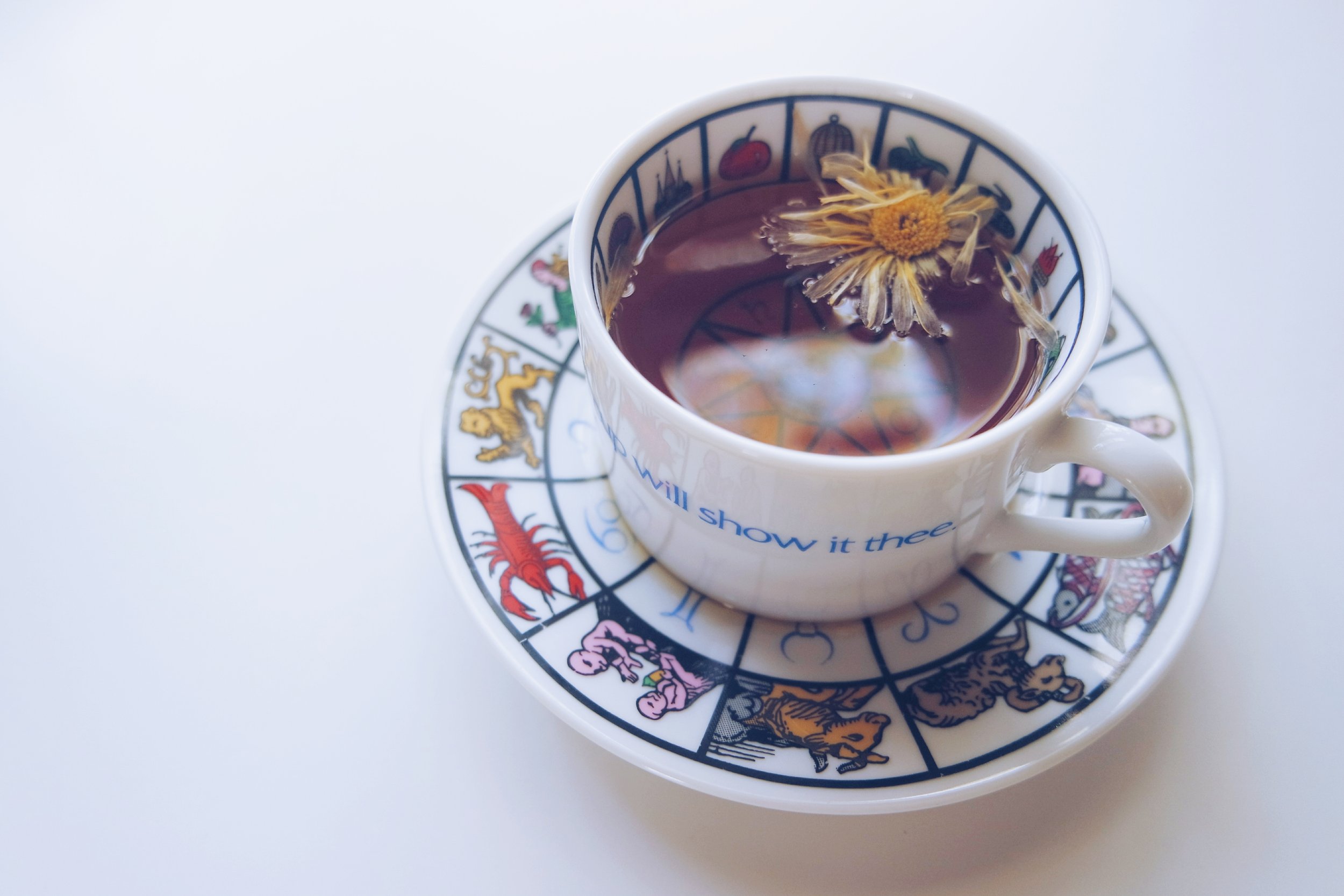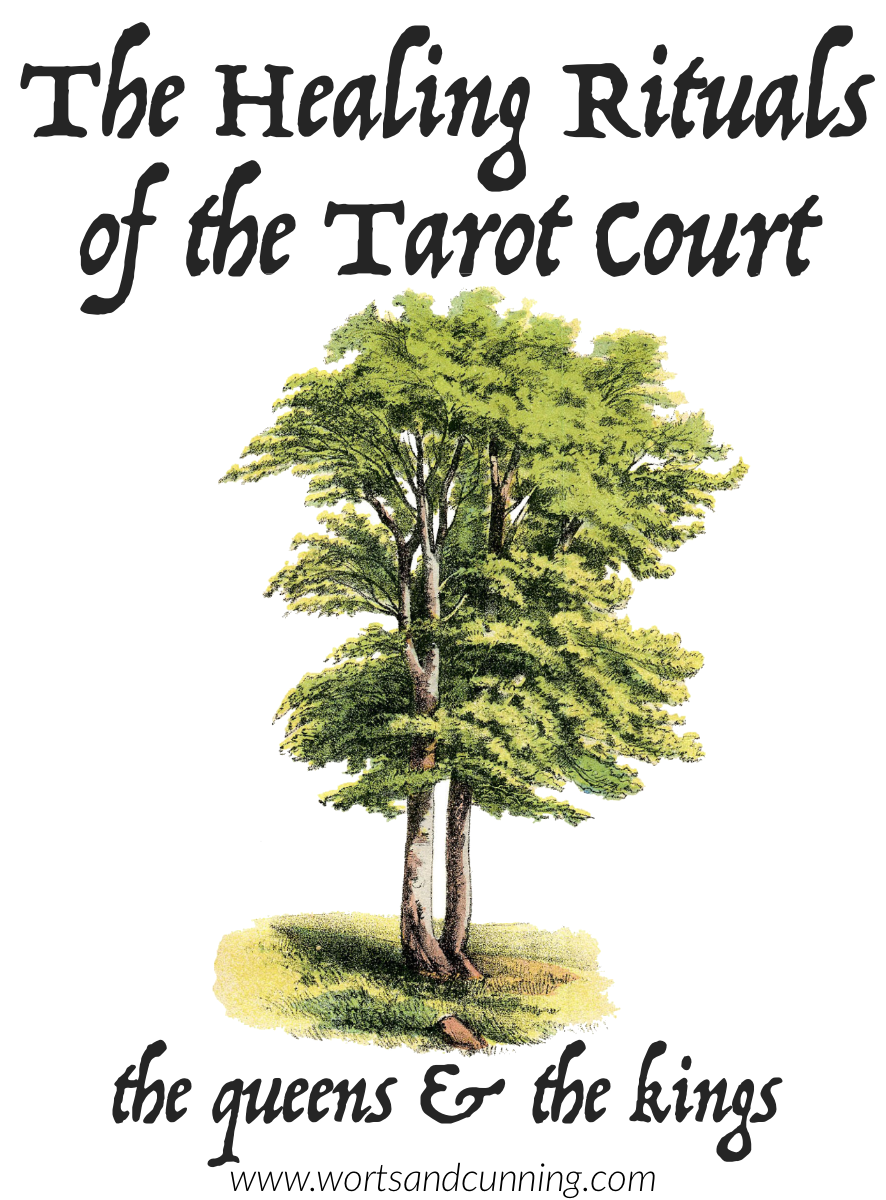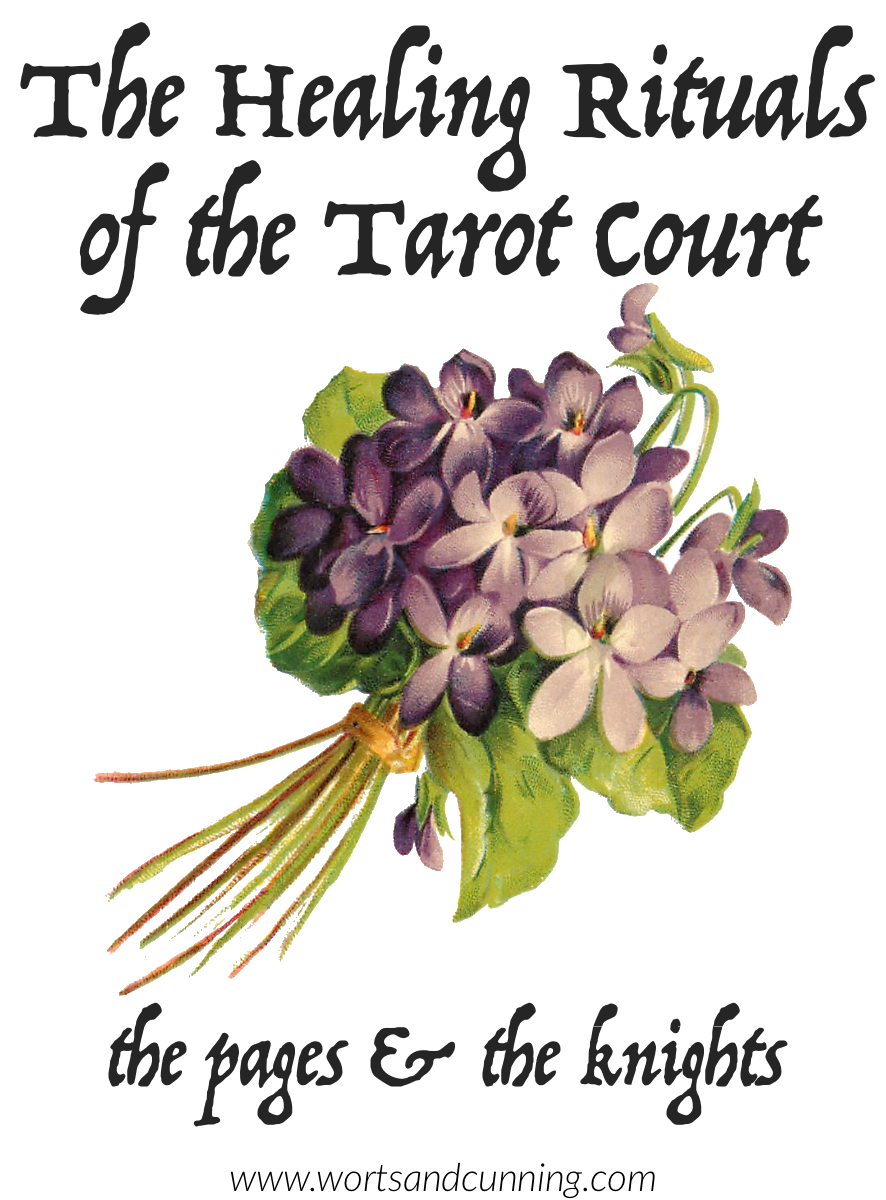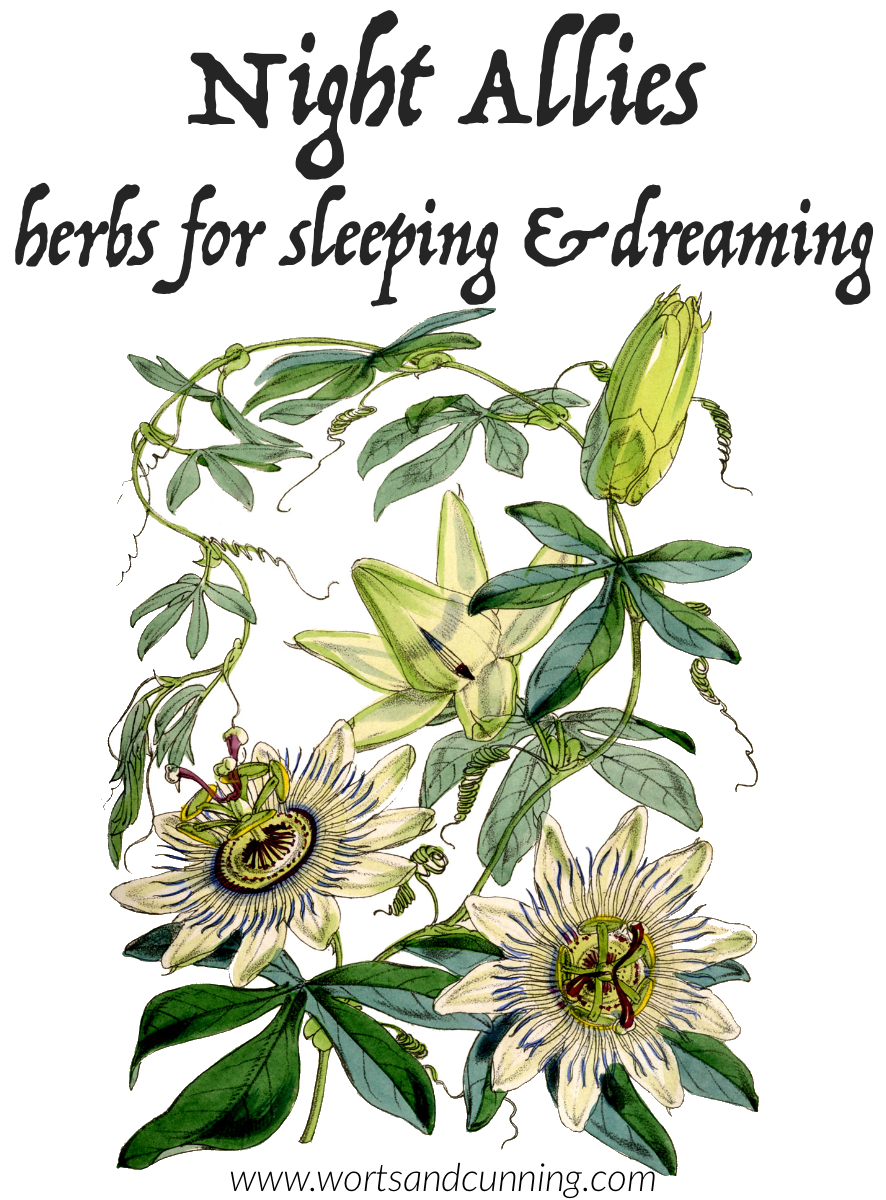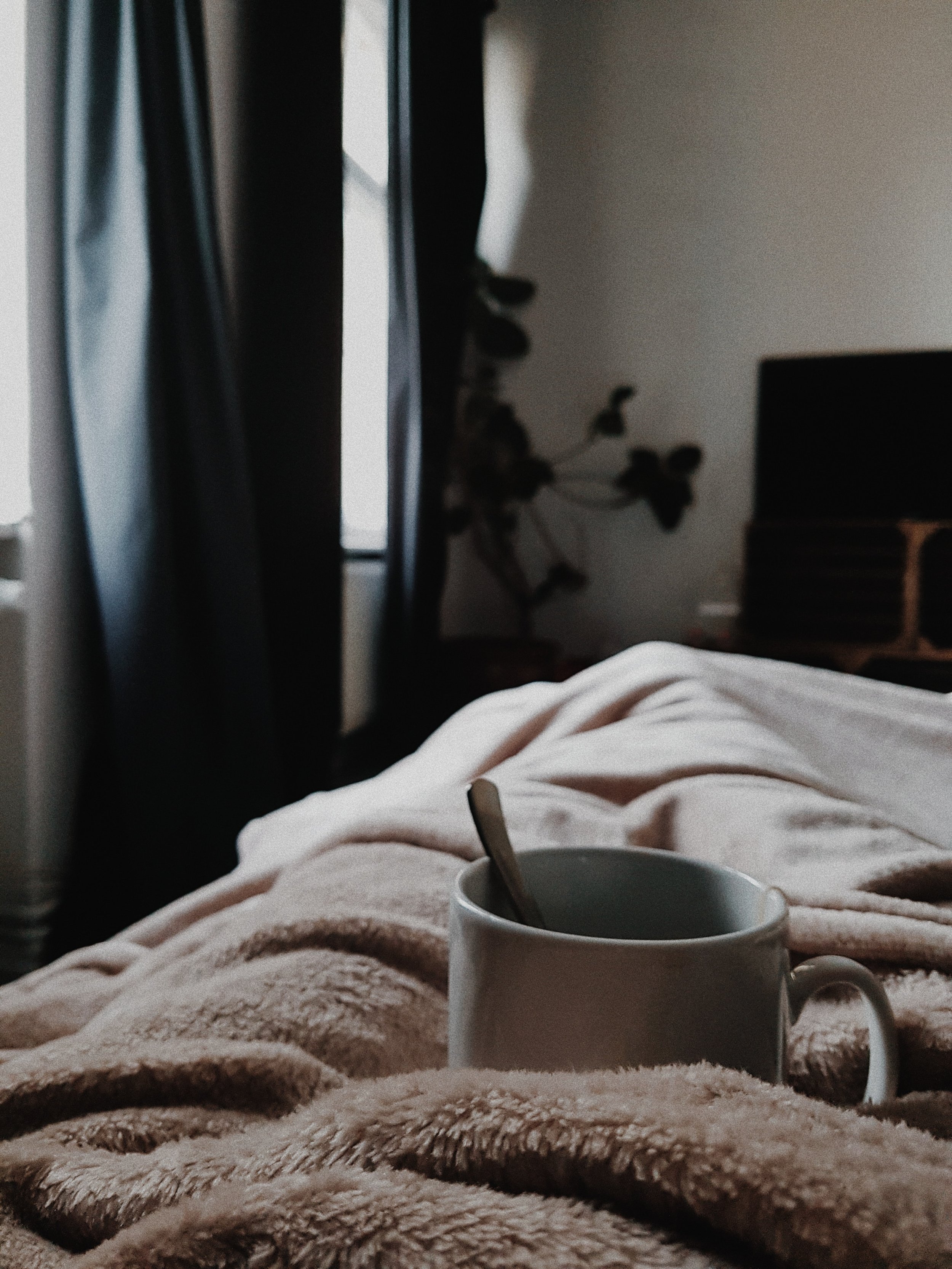Rituals & Recipes for Moonfolk (Or how I’m celebrating 13 years of community)
This past month marked thirteen years of Worts & Cunning Apothecary.
It feels like both a very long time and a very short time has passed since I first opened the Apothecary in a small Northeastern city at the end of autumn, specializing in home-made herbal remedies with a focus on alcohol-free options. Now, I write and teach full-time, helping others to craft their own remedies and explore their inner worlds and community connections through the lens of plant healing and magick. It's been an incredible (and wonderfully strange and challenging and joyful) journey so far.
I love what I do, I love our community, and I am so grateful to be able to fulfill this calling of mine to help connect people and plants for our collective liberation and joy.
While my ideas of what Worts & Cunning would be and what I’d be doing as an herbalist has changed over the years, a constant thread has connected all my various projects and offerings together - to create and share resources that are useful, that spark curiosity, and help folks to call themselves back home. I’ve doubted whether or not this calling of mine is useful (Maybe it’d be better to open a dog rescue instead! Camp out in a permanent protest on the steps of congress! Become a city planner to help our communities be centered around the planet and people instead of cars and corporations!), but I return again and again to what it feels like to share resources, to teach a class where I’m learning along with everyone else present, and to know that hours of quiet research might help someone grow more into their practice and community. I love the feeling of being able to share my joy of land and plants and stars and the unknowns of life with so many kind-hearted folks, and to hear their stories of land and plants and stars in return. For me, sharing resources is a form of sacred communion and expansive connection, and I’m so grateful that this is what I get to do.
While I don’t know all of what the future holds (though I’ve got a lot of exciting things I’m working on), I want to take a moment to celebrate what has already been done. I've been writing this community blog for thirteen years and it is chock-full of free and useful resources from plant profiles to seasonal apothecary guides, explorations of the energetic system of traditional western herbalism, a guide to creating financial access in your own business, and my growing collection of astroherbalism guides. I host four courses and a growing library of plant knowledge which you can access for as little as $1. I have hosted in-person workshops, classes, and sound baths featuring plant song which some of you have been able to attend (and those are all coming back!). I've taught as a guest teacher in other herbal courses and been published in zines, planners, and plant guides (my self-published ebooks and zines are available in patreon). I've chatted on podcasts about plants and strange encounters with your ancestors and how healing is a community effort. Three years ago I started a patreon community which has been so much fun and features extra guides and posts, as well as plant song recordings, free access to The Plant Ally Library and a not-a-podcast audio class thing.
All of this has only been possible because I've had a community supporting me along the way and it's why I continue to do this work. I have been able to grow into my kindness and softness and complexity as a person because I've been held in a community that values such paths and reflected them back to me. As I continue to grow and learn, my goal is to keep making the majority of what I do free and low-cost so that you can access useful information and inspiration on intersectional herbalism and magick that supports your ability to re-member how whole and holy you are.
Which is why it was such a joy to share The Moonfolk Book of Shadows with everyone. With over 120 rituals and recipes, Moonfolk is my big-hearted thank you for thirteen years of support. You can access it completely for free by signing up for my newsletter and if you’re already a subscriber to Magick Mail you’ll find all of the details in the Magick Mail Apothecary (yes, there’s a secret section of the blog for Magick Mail subscribers).
So, in celebration of Moonfolk and cycles of change and transformation, below I’ve shared the ritual and recipe inspired by the New Moon in Cancer.
But all of this is to say: thank you, friends, for helping to make possible this quiet and kind-hearted community space.
Developing Intuition
I am intuitive
So much of developing intuition is learning to trust oneself and that can be challenging for many of us. The experience of having influential people in our lives (parents, caretakers, friends, partners, etc.) denying or dismissing not only our intuition but our truths is all too common and can make it hard to connect with our intuition later in life.
Reconnecting with our inherent intuition can be a long process, requiring multiple healing practices from therapy to spiritual explorations to boundary-setting and so on, so please don't feel bad if you feel like everyone else has an easy time with it. Fortunately, Cancerian energies are excellent at supporting our ability to connect our waking consciousness with intuitive states of being, which is why an intuition ritual at the New Moon in Cancer ritual can be so powerful.
The following is a simple ritual and guided meditation that can and should be practiced over a length of time (at least a full lunar cycle) to help you cultivate your intuitive gifts. Approach it with a playful heart or at least a not too overly serious one too focused on "results" and you'll find yourself having an easier go at things. Why do I recommend a ritual performed every day or night for a full lunar cycle? Often it has been years that we've been hiding away from or denying our intuition, so we deserve to give ourselves plenty of time to make space for our intuition to awaken and be embraced again. The time and effort are part of the ritual, showing your intuitive self that you really do want them to come home to you and feel supported.
You will need:
An intuition altar filled with inspiring things and supportive objects like quartz crystals, images of the divine and/or familiar and ancestral spirits, and so on
Vessel of drinking water or tea such as a bowl and plate, cup and saucer
Incense or feather
Stone of choice
Candle
Once you have set up your altar, make a place for your water vessel with the feather, stone, and candle forming a triangle around it. Cast a circle if you like and practice some breathwork and/or your favorite grounding and centering technique. Light your incense or hold your feather and pass it around your water three times while saying:
By Air
I awaken my powers of intuition
Already within me
Ready to arise
Hold your candle and pass it around your water three times, saying:
By Fire
I awaken my powers of intuition
Already within me
Ready to illuminate
Pour some of the water on the plate or saucer, symbolizing your intuition spilling over from its current confinement, saying:
By Water
I awaken my powers of intuition
Already within me
Ready to flow free
Hold your stone and pass it around your water three times, saying:
By Earth
I awaken my powers of intuition
Already within me
Ready to be embraced
Visualize your water glowing with the power of the elements, here to help you awaken your own intuition. Take a sip and begin the following visualization:
In the air before you visualize a closed Rose. See it slowing turning in the air in front of you so that you can see it from all sides, its color and shape, the way it seems to glow with an inner magick. Slowly but surely the petals begin to open one by one. Take time to watch this happen, feeling that something within you is opening, slowly but surely. When the flower is fully open, a magnificent bloom, it comes close to you and lands upon your heart, where it glows and slowly fades into your energy.
Once you are done with your visualization you can drink the rest of your water, knowing that the magick of the Rose is working within you, its softness calling forth your intuition, its thorns protecting your boundaries. Continue to work this ritual for a lunar cycle, keeping your altar fresh, and playfully practicing intuitive when you feel called to them.
Intuition Tea
I am tending to my psychic nervous system
I believe that part of the work of reconnecting with or strengthening your intuition is not only to strengthen your psychic body, but to tend to your psychic nervous system. While our intuitive gifts can show up in all kinds of settings, not least of which in stressful or challenging ones, developing intuition over time requires an ability to develop a sense of peace and inner security. Cancer is an excellent sign to work with when developing your intuition because it reminds us that the security of our shell (i.e. our boundaries) allow us to protect our inner softness (i.e. our receptivity to psychic insight). The following blend incorporates herbs that help us feel protected and regulated, as well as the gift of helping us awaken our intuition.
Blend together the following herbs:
4 parts Red Clover (Trifolium pratense)
1 part Rose (Rosa spp.)
½ part Mugwort (Artemisia vulgaris)
Standard dosage. Placing blended herbs under the light of the New Moon adds to their magick. Store with a quartz crystal inside or on top of the jar. Make a cup before any form of divination, ritual, and/or meditation.
🌙
If you want more lunar-inspired rituals and recipes, be sure to sign-up for Magick Mail so you can access The Moonfolk Book of Shadows for free.
Thank you again for thirteen magickal years and here’s to many, many more!



